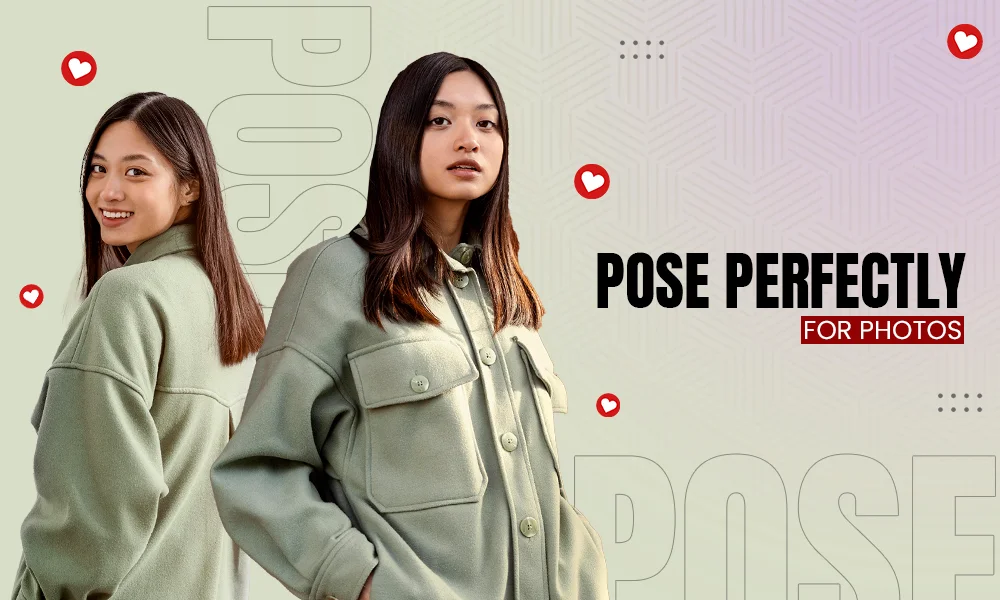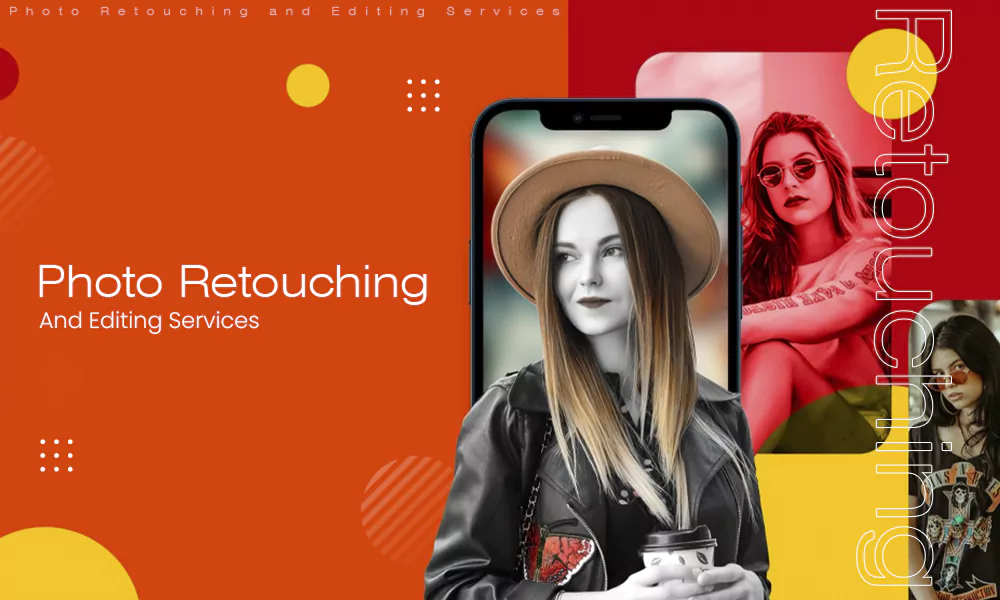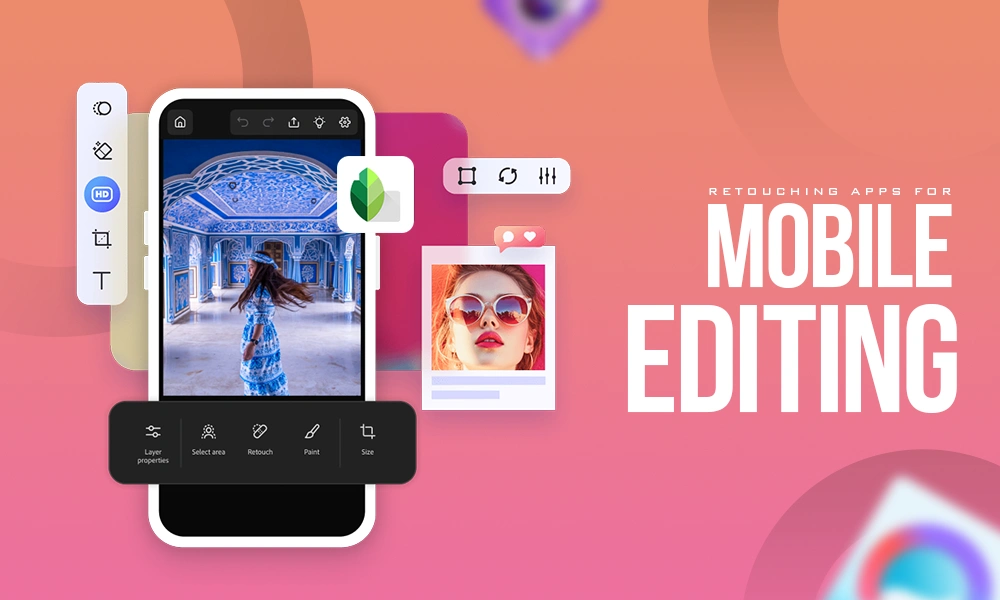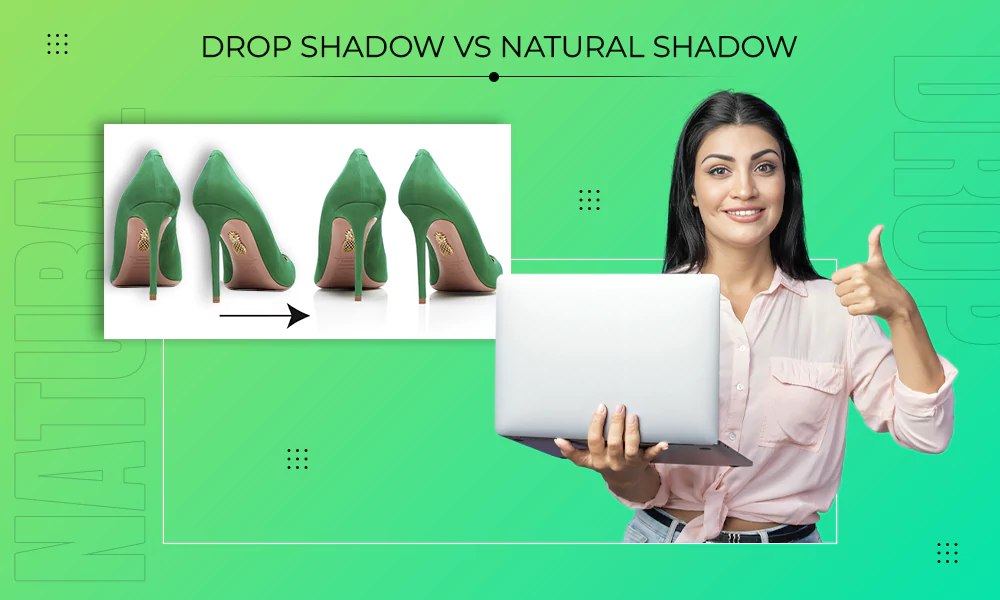Gone are the days when the majority of reliance on capturing alluring product photographs was given to professional cameras. Nowadays, even a phone camera does your job, and all you need is a little assistance from image optimization tools.
Image optimization refers to making small adjustments that bring out the details and refine the overall displacement. And the fact that no one can deny is how directly the sales are related to visual presentation on e-commerce platforms.
Moreover, with just a simple focus on image optimization, brands can completely alter their outlook. Let’s understand how exactly it works.
Why Do You Need an Optimized Image for an E-Commerce Site?
The digital marketplace scope is now much larger than conventional ones. As per the stats by SellersCommerce, the global market of e-commerce sites is $6.8 trillion, which is forecasted to reach $8 trillion by 2027.
In such a skyrocketing landscape, a newly set-up brand visual presentation acts as a silent salesperson that helps them tap into a pool of opportunities. With just a simple focus on creating a well-optimized image, you are conveying brand status, professionalism, and credibility without uttering a word.
An optimized image compared to a raw image acts as a game-changer that brings a lot of advantages.
1. Minimized Returns and Complaints
What the majority of online marketplaces are facing right now is a reservoir filled with complaints regarding how different an actual product is from what is shown online. This occurs because the chipset processes an image after capturing, resulting in variations in color and intricate designs.
Causing dissatisfaction and a negative impact on credibility. To resolve this, image optimization fixes color displacement, tones up the sharpness, and makes the product photograph look exactly how it is supposed to.
2. Removes Inconsistency
For a brand starting up its social media journey, the page should look consistent with the color theme. Not only this, but even for offline marketing strategies like pamphlets and hoardings, an optimized image ensures the visuals look soothing.
By introducing consistency in terms of lighting, shadow, and contrast, brands are presenting their professional image. Additionally, you have control over what you want and don’t want to show up, hence all the unnecessary elements can be removed.
3. Helps shape Brand Theme
To make your brand stand out and be different from competitors, a theme should be followed. It could be sticking with a particular color combination or adding elements that represent your brand.
Such alterations can only be made during post-processing of images through editing software. This is the most undervalued technique for e-commerce product photography tips that has proven results in boosting sales.
4. Improve Search Performance
A clean image is directly linked to boosting visibility in online platforms. Search Engine Optimization (SEO) also keeps the alt text used and the quality of the image in check.
Google favors websites that are fast and mobile-friendly with a clean UI and optimized visuals.
5. Enhances Speed
Apart from cluttered coding, what makes a website slow to load is its uncompressed images. As we mentioned above, Google keeps the rank of a fast-loading site above, making it necessary to pay attention to slow-loading images.
Optimizing and compressing the product snapshots ensures that diverted traffic stays engaged. You can leverage free third-party tools, but the quality gets compromised as pixels start to burst out. To solve this, it is advisable to take professional help.
6. Boosts Sales
Now this is completely psychological and plays with the decision-making capability of customers. In the digital marketplace, you can’t convince orally; the only arsenal you are left with is visuals.
If you ever notice brands that are at the pinnacle of their industry, invest heavily in their website design. Animations, scroll through presentation, and consistent color combination work like a charm. And detailed images don’t even allow any doubt to cross the customer’s mind.
A visually optimized graphic not only captures the attention but also forges trust and credibility. That is why investing time and money in image optimization is a long-term asset for brands.
Furthermore, let’s delve into some important techniques and methods you can implement on product photographs to elevate aesthetic appeal.
Tips & Tricks for Image Optimization for Marketplace Online
The most common product photography tip every brand needs to follow is to get carried away with creativity. Apart from basic retouching and enhancement, what will make your product stand out from a website and social media perspective is your unique presentation.
Till now, we have understood how useful it could be for brands that exist in the online space by focusing on making visuals appealing. Let’s take a look at the methods and techniques you can apply to attain a high level of results.
- First and foremost, the main emphasis is on basic editing like cropping, adjusting contrast, exposure, and so on. Once that has been resolved, the next step requires you to identify the type of file you will be needing. By choosing PNG, JPEG, or SVG, the image will load faster.
- If the file size still feels heavy, you can compress the image, ensuring that the image quality doesn’t degrade.
- Resizing images is also necessary in some cases, especially if you’re listing your product on a third-party platform. It will require you to scale the shots either in a 4×6 photo or custom sizing as per the guidelines.
- Image masking and clipping path are important methods that must be complied with, as they make the scope of scalability. It allows you to repurpose images into various projects and platforms.
- Since the majority of traffic comes from mobile, ensuring the UI and visual presentation give the best experience to smartphone users is essential.
- For apparel brands, leveraging the ghost mannequin technique allows customers to solely focus on clothing itself. It removes the unnecessary distraction of models and refines the overall details.
- For automobile dealers, 360° photographs are the principal means to help customers decide. But don’t limit this technique to the automobile industry, as it can also be implemented for other product lineups.
For an SEO perspective, naming (ALT Tag) images should be direct and relevant. It helps your product to get better visibility, and Google also pushes it to the top ranks, which ultimately drives traffic.
Moreover, using an image sitemap also helps the crawlers to list the images. In Shopify, you get an automatically generated sitemap that eliminates the hassle of creating a new one.
The simple editing task and retouching can easily be performed as there are various software and AI-powered tools to contemplate the editing task.
Leveraging Image Optimization Tools
The best part about optimizing images is that some of the elements can be performed on your own. All you need is the best editing software for pro or amateur editors and a little bit of practice.
With the multitude of options in the market, some of the best tools and software to leverage for creating optimized images for the online marketplace are
1. Adobe Photoshop
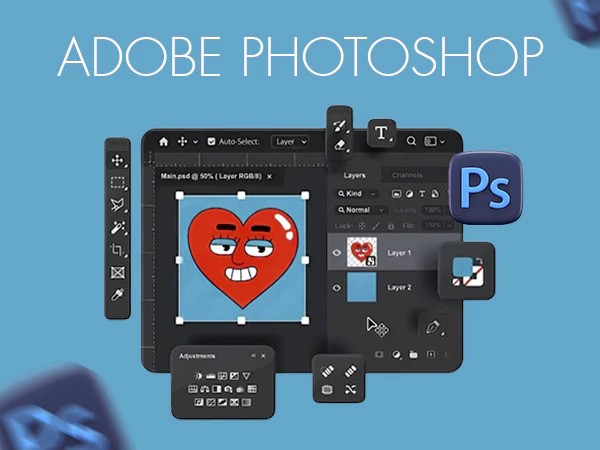
It’s very rare to see a list of the best editing software and not see Adobe Photoshop on it. This software offers a wide range of tools and multiple methods to execute a single task.
Compared to other software, the editing with this is quite easier, even the delicate task like making a photo background transparent in Adobe Photoshop is a seamless process.
| Pros | Cons |
| A vast number of tools.AI autofill.It can easily be integrated with Adobe Lightroom.Best for high-grade results. | Subscription-based model.Lack of AI features.It’s a bit technical to navigate for new users. |
2. Aurora
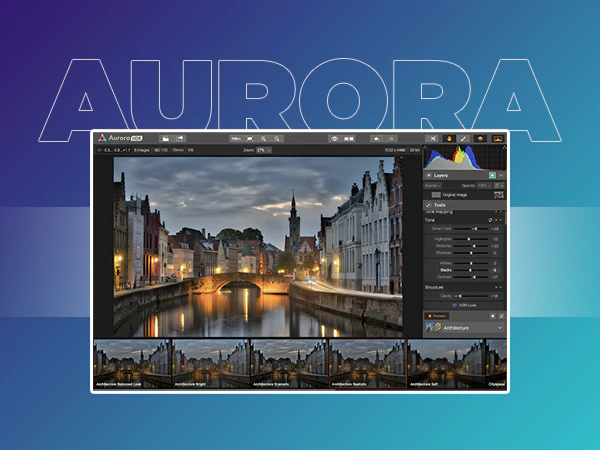
The most powerful editing software to optimize images for the marketplace, which has completely eliminated manual intervention. With the help of an AI model, executing advanced editing tasks is now effortless.
Making it suitable for beginners that has zero experience with editing software, and a go-to solution for e-commerce brands.
| Pros | Cons |
| AI-Powered tools.User-friendly.Non-destructive editing. | Lack of tools.High processing time. |
3. Capture One Pro
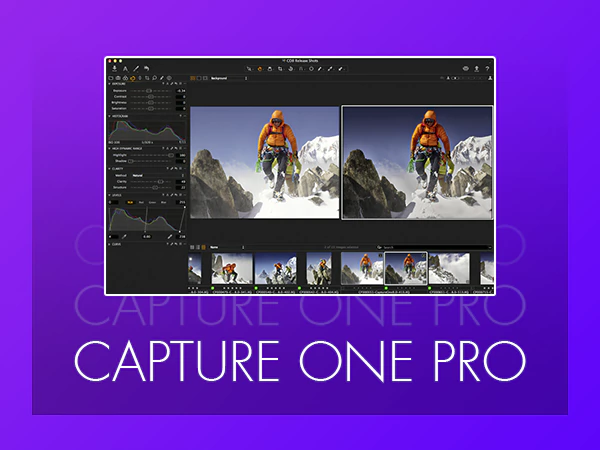
In recent times, Capture One Pro has attained a serious user base. Everyone is talking about how seamlessly it converts RAW images with a bunch of retouching tools.
It can organize your project, something that is missing with the other two options.
| Pros | Cons |
| One-time payment.A large collection of color palettes.Fast importing speed. | Complex interface.Expensive for beginners. |
For other basic editing tasks, you can use an online file converter to convert your product snapshot to the preferred file type.
Furthermore, there are various free online tools to compress the size of images without compromising the pixels, such as Tinypng, ImageResizer, and Online Image Compressor.
As you progress through and understand the realm of photo optimization, you’ll come across various hiccups and potential dissatisfaction results.
This happens due to a lack of expertise and hands-on experience with editing software. Moreover, if you look at the practical point, no brand can focus on all the sectors and get top-notch results.
The solution? It lies within outsourcing image optimization services.
Why to Avail Services From a Photo Retouching Agency?
The biggest bottleneck for any online business, whether it is a full-fledged setup brand or a newly launched business, is the limited time and allocation of resources.
No matter how large-scale the operations a brand can handle at one go, several departments need to be outsourced to attain perfection.
Optimizing product images in an online marketplace is a kind of job that should be left to experts. In-house operations cause chaos, confusion, and delay in delivery, whereas handing over the project to e-commerce image retouching service agencies can streamline things.
However, it’s not just about optimizing workflow but making the best out of this investment. The benefits you are achieving from handing over the optimization task are:
- Professional-grade results with zero delay.
- Transparency and full control over the project.
- Unlimited revisions if dissatisfied with the draft.
- Scalable solution in case of future expansion of product lineup.
- Professionally curated results with high-end ideas that turn out better than what in-house production can do.
- Consistency across social media and websites strengthens brand identity.
Hunting for the right image optimization solution that meets all the ethical, technical, and creative elements is no less than finding a needle in a haystack.
Visuals Clipping product image retouching service is your lighthouse for your misdirected ship. From intricate commodities like jewelry to as big as automobiles, everything is optimized in such a manner that it brings out
Moreover, Visuals Clipping strives towards perfection and is known for tapping various uncharted avenues to bring creativity to projects. Not just an agency to get your job done, but a partner in this evolving landscape to provide long-term scalability.
Conclusion
To wrap things up, it is essential to understand the significant role of optimized images in the marketplace. If you look at it at a wider angle, you will understand that retouched images for e-commerce sites have an interconnected role with sales.
A refined image not only enthralls the customers but also helps with site performance, which contributes to better Google ranking. Ultimately, it gives a big push in sales and brand recognition across multiple channels.
FAQs
Q1. How does image optimization help with product listing on third-party sites?
Ans: Third-party e-commerce sites like Amazon follow a strict protocol for uploading product images. If you fail to meet the mentioned guidelines, your product won’t be listed.
Q2. Is JPEG or PNG better for SEO?
Ans: For SEO, you can’t completely rely on the file type of an image. PNG is suitable for images where the background needs to be clear and white. Whereas JPEG showcases every backdrop detail, so in the context of SEO, it doesn’t really matter, as emphasis should be given to alt text.
Q3. What influences purchasing decisions on an online platform?
Ans: There are various factors that contribute to a purchasing decision. It could be reviews, pricing, credibility, but the most important role is played by visual representation.
Q4. What are the minimum charges for image optimization/retouching??
Ans: It depends on the bulk of the project and what specific requirements you have. Generally, the charges for one photograph are around $0.50-$5.

